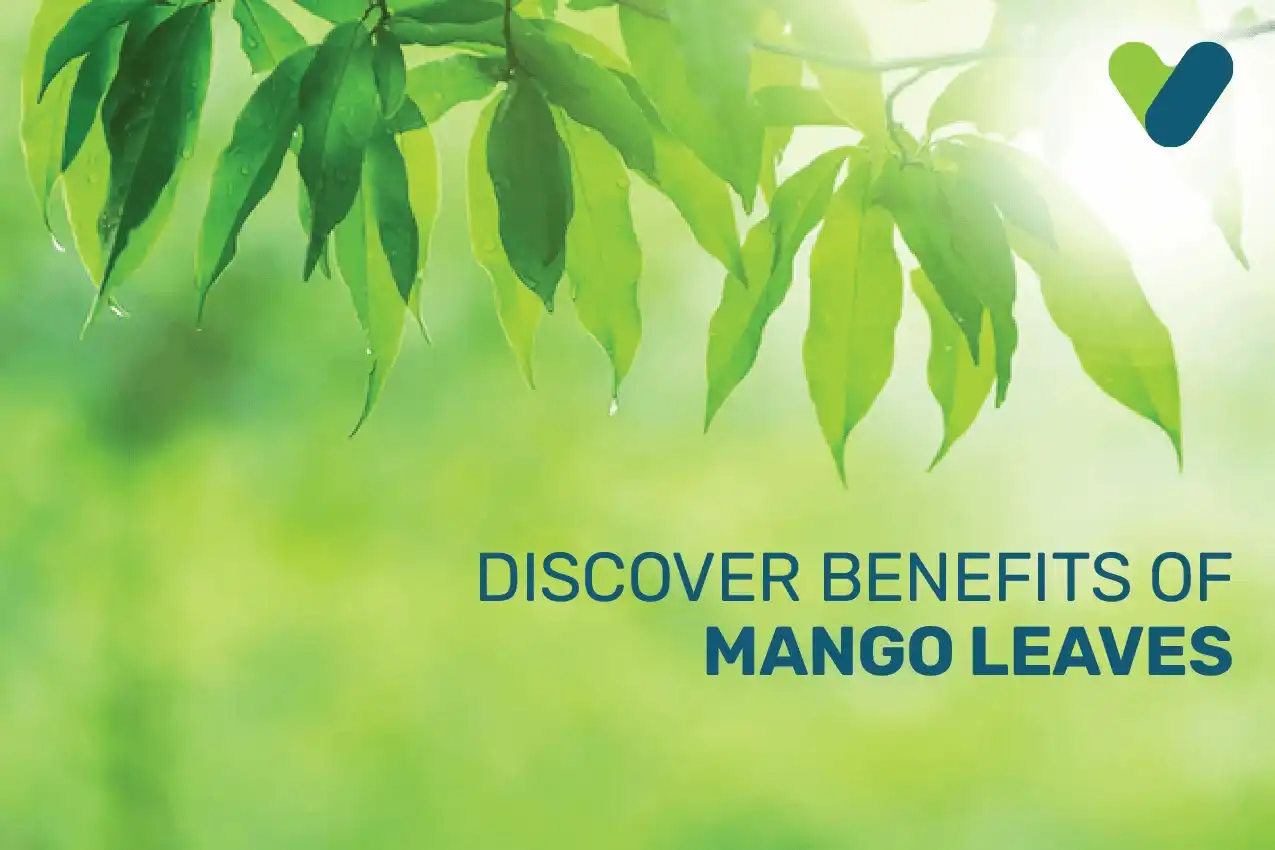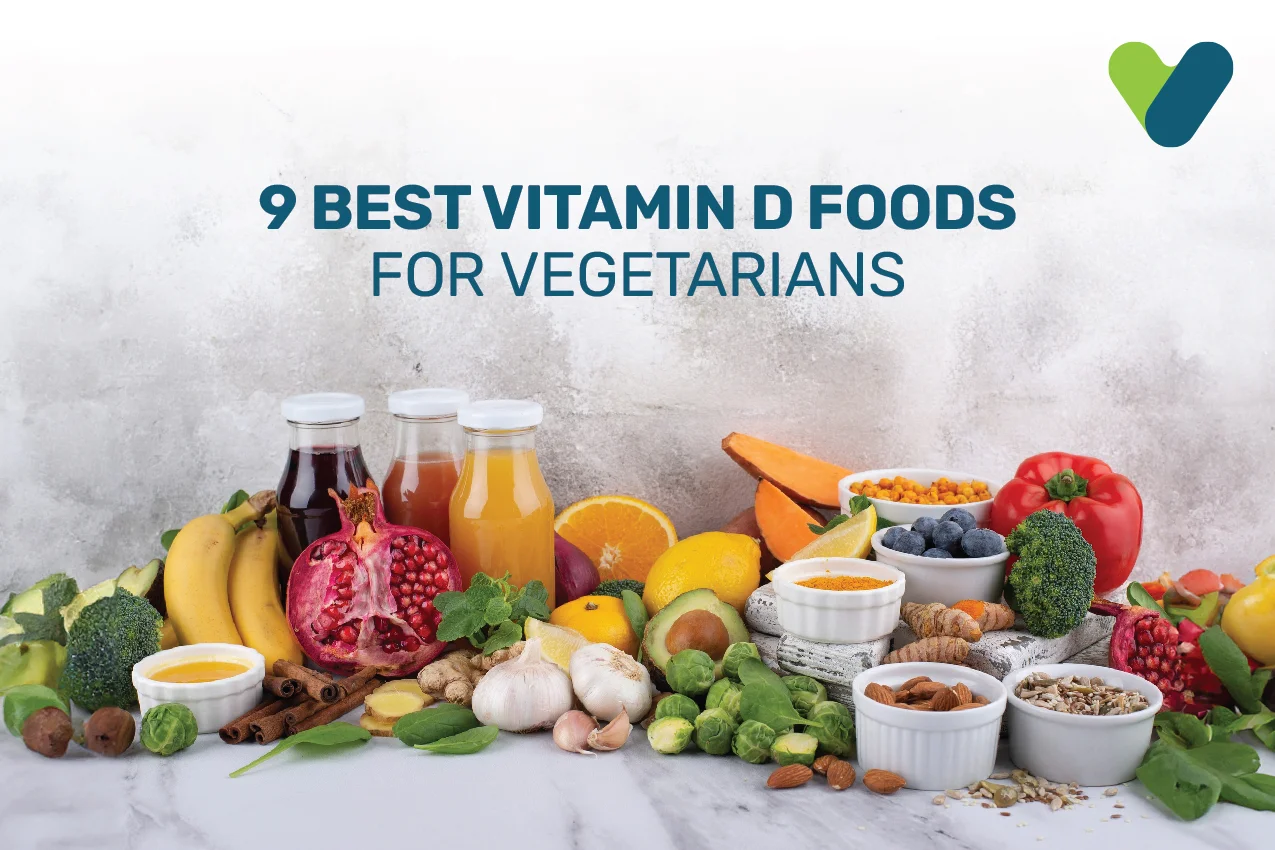When we talk of Vitamins, we generally talk of Vitamin A, B, C, D, and E. But, do you know that there are about 13 different types of vitamins that our body needs for proper functioning? Vitamin K is one such vitamin that is hardly talked about. It is a fat-soluble vitamin that is required by our body to generate prothrombin protein that regulates the blood clotting and overall metabolism of the bones. Vitamin K is a combination of K1 and K2 vitamins. While, we can easily take K1 from dark leafy green vegetables, sometimes it becomes hard to consume K2 because we don’t know about the right K2 vitamin foods.
So, let us first acquaint you with the benefits of Vitamin K2 and then share with you a list of foods high in K2.
Health Benefits of Vitamin K2 Foods
The main function of both Vitamin K1 and K2 is in preventing bleeding and bruising when our blood vessels are injured. Vitamin K in general is known for proper blood clotting. There are several other health benefits of consuming vitamin K2 rich foods, let's have a look at some of them:1. Good for Heart Health
The prime health benefit of Vitamin K2 is that it is good for your heart health. It is a nutrient that helps prevent the formation of hard calcium and fatty deposits inside the artery walls, thereby accelerating healthy blood circulation and reducing the risks of heart diseases.2. Fights Anxiety and Depression
You may not know but higher blood sugar levels in the body may lead to symptoms of depression and anxiety. K2 is an essential nutrient that helps fight anxiety and depression symptoms by regulating blood glucose levels.3. Healthy Bones
Trust on the powers of Vitamin K2 foods to make your bones strong and healthy. Some studies have revealed that higher K2 levels in the body help to improve the overall bone density and thereby minimize the risk of bone fractures.4. Possess Anticancer Properties
At the same time, don’t forget that Vitamin K2-rich foods are full of anti-cancer properties too. Various researches have found that K2 nutrients help in preventing cancer cell growth for certain cancers like prostate and liver cancer.List of Vitamin K2 Rich Foods
1. CheeseThe prime source of Vitamin K2 nutrients is cheese. Apart from K2, cheese is rich in protein, calcium, and Vitamin A. However, K2 content varies in different types of cheese. For instance, Munster cheese has approximately 50 micrograms of K2, while Gouda and Edam cheese has about 32 micrograms of K2.
2. Butter
Another easiest way of taking Vitamin K2 is consuming 1 tablespoon of butter daily. Just a tablespoon of butter will supply your body with about 2.1 micrograms of K2. However, butter is also rich in fat content, so don’t just rely on butter, consider other foods high in K2 for daily consumption.
3. Egg Yolk
Third on our list of K2 vitamin foods is egg yolk. You can easily fetch about 70 to 190 micrograms of K2 vitamin with an egg yolk. This wide range is due to the type of hen egg you consume. The chicken that has been fed with vitamin K will naturally deliver an egg-rich in K2 content. Interestingly, most of the chickens these days are fed with food that is fortified with vitamin K.
4. Chicken
Likewise, since most of the chickens are fed with Vitamin K fortified food, chicken in itself forms an ideal food rich in K2 content. You can fetch about 10 micrograms of K2 with about 100 grams of chicken serving. This is much higher than the K2 content found in pork and beef. So, chicken forms an ideal food rich in K2 content for non-vegetarians.
5. Sauerkraut
With a unique sour flavor, the fermented cabbage called Sauerkraut is another interesting source of K2 food. Just half a cup of Sauerkraut can give your body about 3 micrograms of Vitamin K2. It is not just good for those trying to fill in their K2 deficiency but also for those who want to regulate their gut health. Moreover, Sauerkraut helps to boost the overall immunity of the body as well.
6. Fermented Foods like Natto
Just like Sauerkraut, fermented foods like Natto are a blessing for those who want to get a cure for Vitamin K2 deficiency. Natto is a popular Japanese fermented dish that is loaded with K2 content. Just a tablespoon of Natto dish can supply your body with about 150 micrograms of Vitamin K2, which is more than sufficient in a day.
7. Dark Leafy Green Vegetables
Last on our list of foods with Vitamin K, are dark leafy green vegetables. Be it spinach, collard, or kale, all sorts of fresh and dark leafy green vegetables are a rich source of Vitamin K. Besides, vegetables like carrots, broccoli, lettuce, and turnips can be considered for their decent amount of Vitamin K.
Symptoms of Vitamin K2 Deficiency
What if we don’t pay attention to eating foods that are rich in Vitamin K2? It will result in deficiency diseases like diabetes, blockage in the bile duct, cystic fibrosis, chronic kidney disease, and digestive disorders.Some of the symptoms of Vitamin K2 deficiency are:
- Early Bruising
- Internal Bleeding or Hemorrhage
- Blood Clotting under the Nails
- Heavy Menstrual Periods
- Celtic Disease
- Ulcerative Colitis
- Gastrointestinal Disorders



